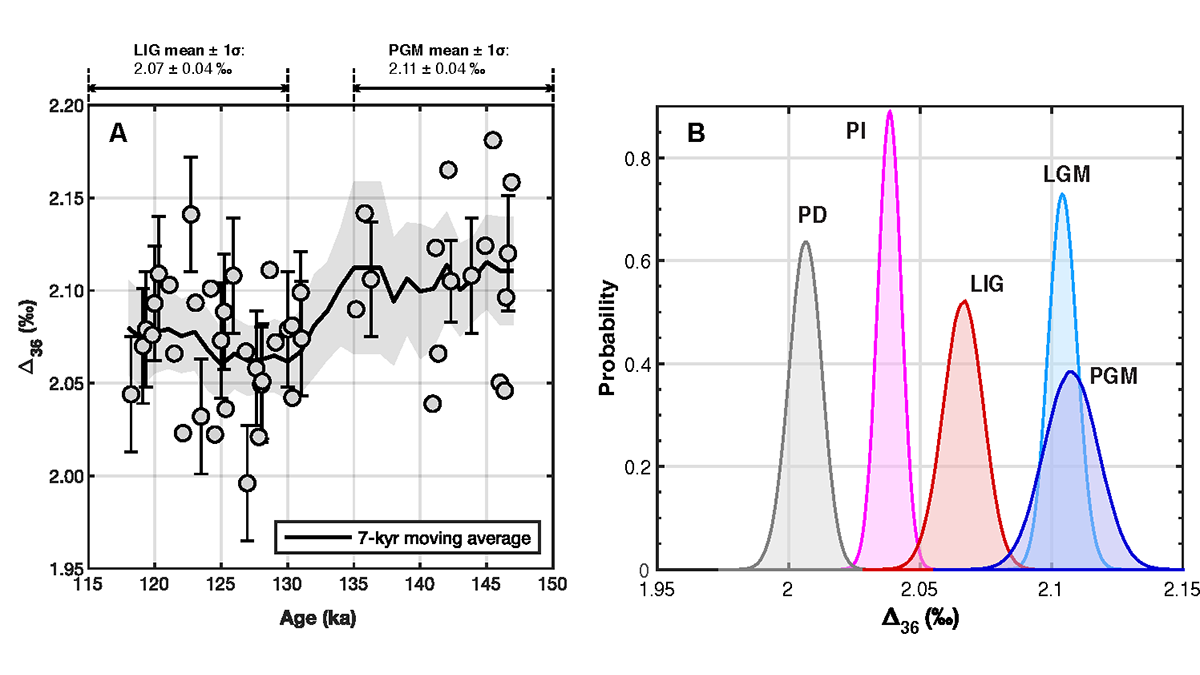Editors’ Highlights are summaries of recent papers by AGU’s journal editors.
Source: Geophysical Research Letters
The “clumped isotope” pairing of heavy oxygen isotopes (18O-18O) as a proportion of all oxygen, (mostly 16O-16O), has been used to identify ozone concentrations in the atmosphere. Yan et al. [2022] study oxygen trapped in Antarctic ice and model simulations of atmospheric chemistry to calculate ozone (O3) concentrations in the troposphere in the past. Their efforts to reconstruct atmospheric chemistry in the glacial and interglacial of the penultimate glacial cycle are compared to evidence from earlier studies of the last glacial cycle and present-day.
This progress helps to establish that wildfire may have increased globally as megafaunal extinctions occurred at the end of the last ice age. This new evidence helps to fuel interest in linking atmospheric chemistry with wildfire – with several puzzles yet to be fully reconciled.
Citation: Yan, Y., Banerjee, A., Murray, L. T., Tie, X., & Yeung, L. Y. (2022). Tropospheric ozone during the Last Interglacial. Geophysical Research Letters, 49, e2022GL101113. https://doi.org/10.1029/2022GL101113
—Sarah Feakins, Editor, Geophysical Research Letters

